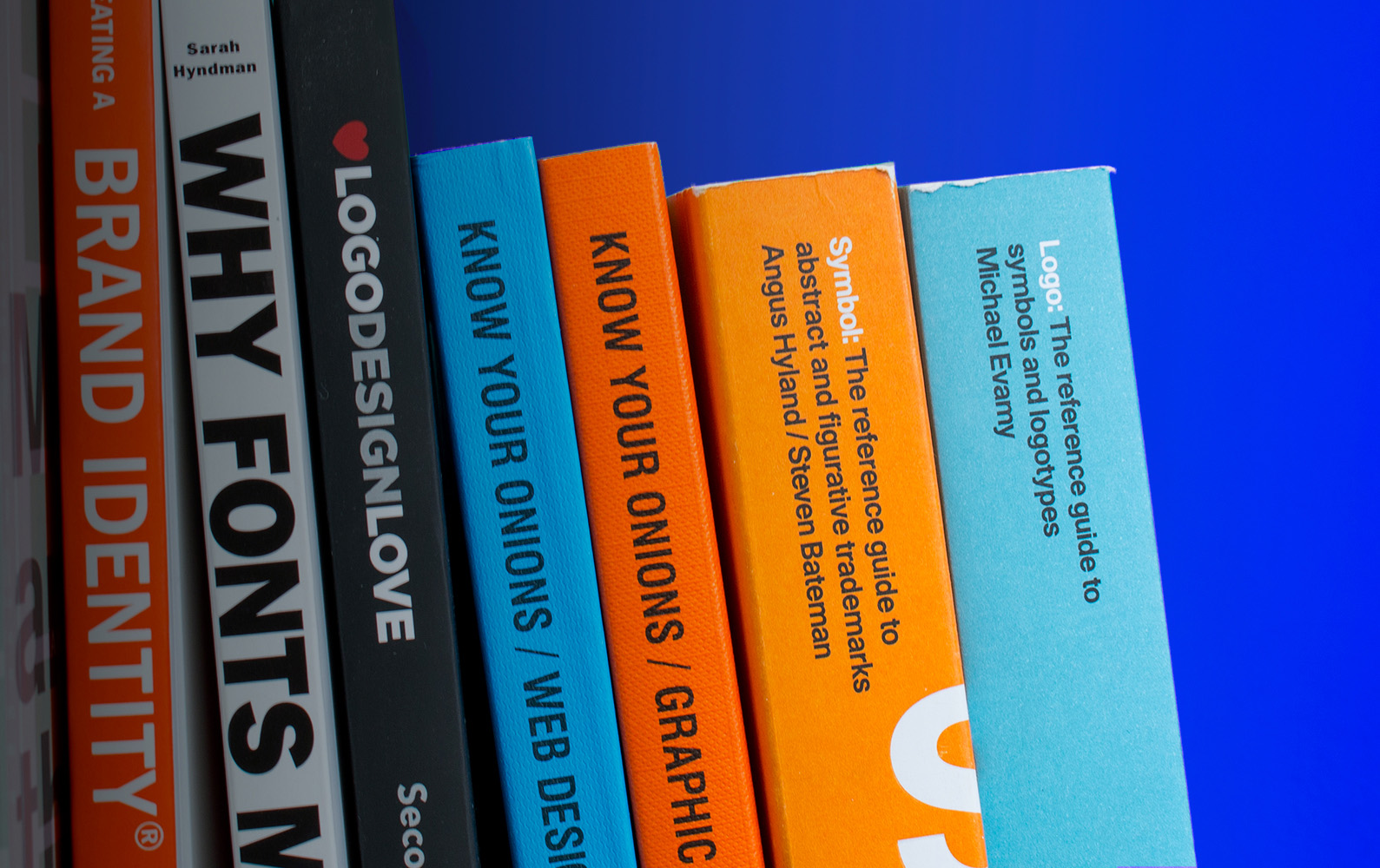07/11/25
5 Minute Read
Branding Trends – AI Personalisation

The Future of Design: AI-Driven Personalisation
Personalisation has always been the holy grail of design. When a brand feels like it’s speaking directly to you, it sparks loyalty and connection in ways generic messaging never can. The challenge? True personalisation at scale used to be expensive and complex. Today, artificial intelligence is transforming that reality, making it possible for brands to create tailored experiences that feel human, authentic, and seamless.
Smarter, adaptive experiences
AI is already shaping digital interactions behind the scenes. Take a look at Netflix. Its design doesn’t just serve everyone the same homepage, it dynamically rearranges titles, thumbnails, and even artwork based on your viewing history. The design is fluid, adapting to each user so it feels like the platform knows your taste better than you do. Similarly, Spotify’s “Discover Weekly” playlists are an exercise in personalised design: colours, layouts, and copy remain consistent, but the content feels uniquely yours, making the experience addictive.
Content that resonates
Personalisation isn’t only about visuals, it’s also about the right message at the right time. Amazon has long been a leader here. Its recommendation engine doesn’t just suggest products; it redesigns the way they’re presented, creating bundles, “people also bought” prompts. Meanwhile, Nike has used AI personalisation to deliver tailored product recommendations and even customise training plans within its apps, making the experience feel like a one-on-one coach rather than a generic brand feed.
Efficiency meets creativity
For designers, AI personalisation also streamlines repetitive tasks. Instead of manually creating dozens of banner variations, AI can generate them in seconds, each adapted for a specific audience. Coca-Cola has experimented with AI-driven campaigns that dynamically alter ad visuals and copy based on cultural context and location, ensuring every customer feels spoken to in a way that resonates locally. This frees up creatives to focus on strategy, storytelling, and the emotional resonance that only people can bring.
Data-driven, human-led
It’s important to remember, design is more than algorithms. While AI can crunch data and predict behaviour, human designers bring empathy, cultural nuance, and originality that machines cannot replicate. The magic lies in collaboration. AI provides the insights and scalable outputs, while designers curate, refine, and infuse them with meaning. Adidas, for instance, combines AI-driven e-commerce personalisation with bold, human-led campaigns that reinforce its brand values. The result? An experience that feels both personal and aspirational.
Why it matters for business
The impact is undeniable. Personalised design drives higher engagement, loyalty, and conversions. Starbucks is a standout example, its app uses AI to personalise offers, recommend products, and even alter in-app visuals based on time of day and purchasing habits. This strategy has not only boosted sales but also deepened customer loyalty. In crowded markets, design that feels personal is what sets brands apart.
Final thought
AI personalisation isn’t a gimmick. It’s the next evolution of design, where data and creativity work hand-in-hand to craft experiences that are both efficient and emotionally compelling. From Netflix’s tailored recommendations to Starbucks’ custom rewards journeys, iconic brands are already proving the power of AI-driven design. The future isn’t about designing for the masses; it’s about designing with the individual in mind, and AI is making that vision a reality at scale.





